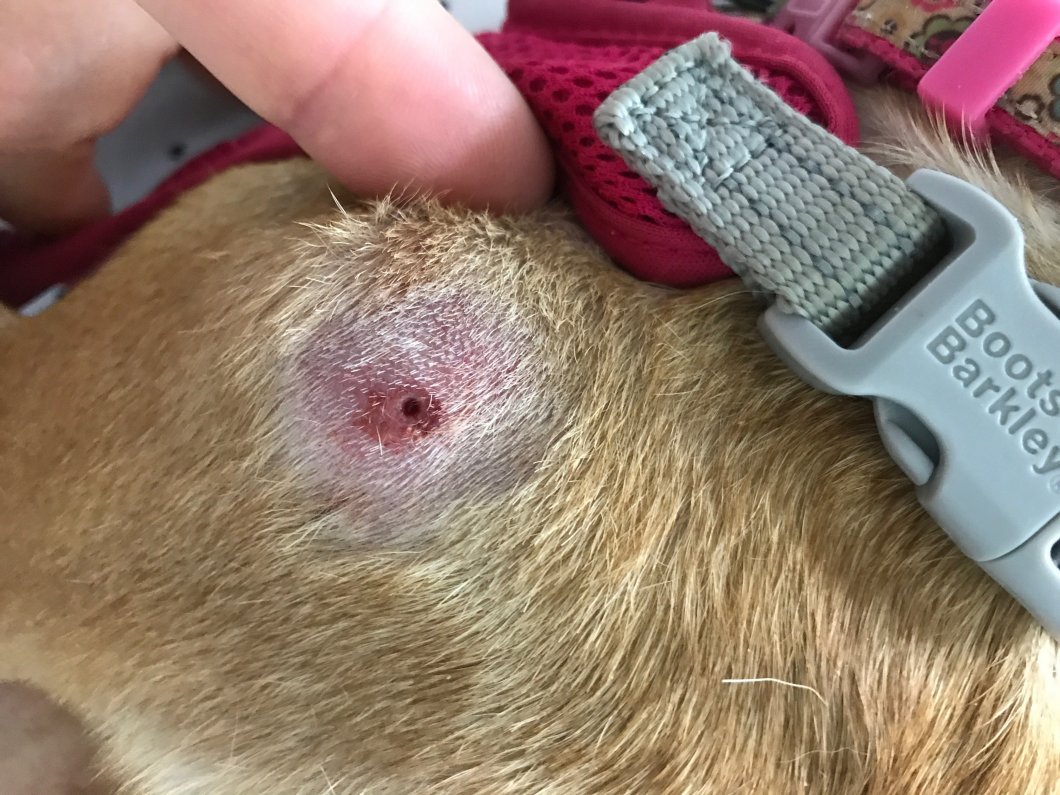
Affected animals are restless, dull and reluctant to graze, and kick at the struck area. Fly strike is usually visible as a discoloured, moist area of wool which, on closer examination, reveals maggots and is foul-smelling. It is a costly disease of significant welfare concern ( Wall and Lovatt, 2015). It is common for 1-3% of sheep in a flock to be affected by fly strike ( Broughan and Wall, 2006). It is 10–14 mm long (from Blowfly strike, or myiasis, is an important cause of sheep loss in a number of countries across the world, and in particular in the United Kingdom, Australia, New Zealand, Ireland and South Africa.

Ivermectin at dosages of 50, 100 and 300 micrograms per kg to infested cattle resulted in 100% larval mortality for at least 6, 12 and 14 days respectively.The adult Lucilia sericata are usually a metallic green and can also have a copper green colour.
FLY STRIKE CATS TREATMENT SKIN
Treatment involves killing the larvae in the skin lesions, clipping the hair or wool, removing as many larvae as possible, applying an insecticide to kill larvae and to prevent secondary re-infestation, treating wounds promptly and effectively and providing an environment hostile to flies.

The sterile males are able to mate and the release of sufficient sterile males in an area will lead to eradication.

The female mates only once, and when mated with a sterile male lays eggs that do not hatch. Screwworms have been controlled in a number of countries by the release of irradiated sterile male flies. All skin wounds should be promptly treated and the wool clipped away from the affected area. Prevention is by clipping the wool around the crutch, docking the tails of lambs to lessen faecal contamination, controlling scouring and reduction in fly numbers by burying carcasses and destruction of fly breeding areas, and the application of insecticides and larvaecides to the skin or fleece by dipping or jetting.

Young animals with softer skin and sheep with skin folding or wrinkling around the thighs, back or tail are susceptible. Humans are sometimes affected by fly strike.Īdult flies are attracted to moist wounds, skin lesions or a soiled hair coat. Screwworms tend to target cattle.Īll animals get Fly Strike but sheep get it worst and most often, usually due to attack by opportunistic fly larvae. Screwworms are so called because the larvae have a "wood screw" shape. These include the New World Screwworm Fly and the Old World Screwworm Fly, which is found in Africa. The other is caused by obligatory fly larvae, which are completely dependent on a host in order to complete their life cycle and without which they would die. These include house flies, blow flies and flesh flies.Ģ.
FLY STRIKE CATS TREATMENT FREE
those which are usually free living but when the opportunity arises can adapt themselves to a parasitic dependence on a host. One is caused by opportunistic fly larvae i.e.


 0 kommentar(er)
0 kommentar(er)
